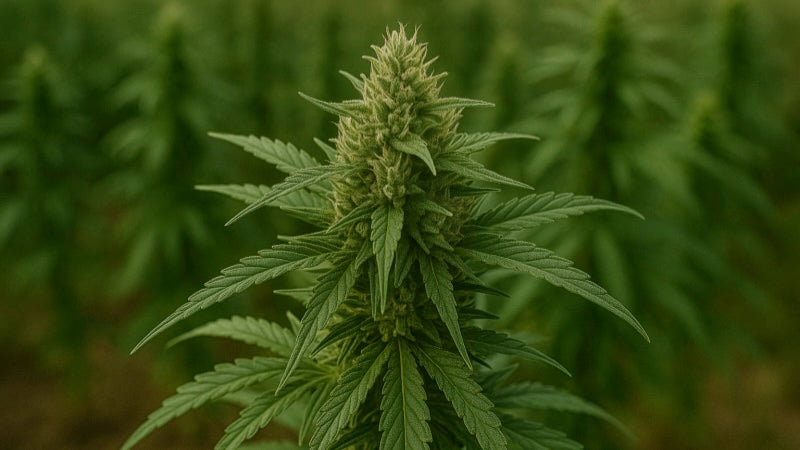Once outlawed and misunderstood, hemp is now at the centre of a quiet revolution in fashion. As consumers become increasingly conscious of how their clothing is made, hemp is making a comeback as one of the most eco-friendly, versatile, and resilient natural fibres on the planet. But what exactly is hemp? Why is it suddenly on everyone's radar again? And what are its benefits—especially when blended with other natural fibres like cotton or linen?
Let’s dive deep into the world of hemp, its historical roots, production trends, unique properties, and how hemp blends are reshaping sustainable fashion.
A Brief History of Hemp
Hemp has been cultivated by humans for over 10,000 years. Archaeological evidence suggests that hemp was used for textile production in ancient China as early as 8000 BCE. It was also widely grown in India, Europe, and the Middle East for centuries. Hemp fibres were essential to making sails, ropes, and canvas for ships. In fact, the word "canvas" comes from "cannabis."
In colonial America, farmers were legally required to grow hemp. The U.S. Constitution draft was even written on hemp paper. However, the 20th century saw a drastic decline in hemp farming due to its association with marijuana and restrictive laws, particularly in the United States.
Today, with renewed attention on environmental sustainability and advancements in fibre processing, hemp is regaining the spotlight.

What Makes Hemp So Special?
Hemp boasts many natural advantages:
-
Low Environmental Impact: Hemp grows quickly, requires minimal water, and doesn’t need pesticides. It even improves soil health.
-
Carbon Sequestration: It absorbs more CO2 per hectare than most commercial crops or trees.
-
Durability: Hemp fibers are known for being incredibly strong and long-lasting.
-
Breathability & Comfort: Hemp becomes softer with every wash while retaining its breathability and structure.
-
Anti-Bacterial & UV Resistant: It resists microbial growth and naturally blocks harmful UV rays.
Hemp Blends: Where Nature Meets Performance
Pure hemp fabric, while strong and sustainable, can sometimes feel coarse or stiff—especially when unrefined. This is where blends come in.
1. Hemp-Cotton
One of the most common and successful blends in apparel, hemp-cotton balances the strength of hemp with the softness and familiarity of cotton.
Benefits:
-
Enhanced softness and comfort for daily wear
-
Better durability and longevity than cotton alone
-
Improved breathability and moisture-wicking properties
2. Hemp-Linen
Both fibers are known for their airy and cool textures, making this blend ideal for summer wear.
Benefits:
-
Excellent thermoregulation
-
Earthy, textured feel that softens over time
-
Highly sustainable and biodegradable
3. Hemp-Tencel or Hemp-Bamboo
Blends like these bring out the best of eco-tech fibers and hemp's natural strength.
Benefits:
-
Extra softness with added drape and sheen
-
More flowy silhouettes perfect for fashion-forward garments
-
Sustainably produced with closed-loop processing (Tencel)
Why Hemp Fashion Deserves Your Attention
Choosing hemp clothing isn't just a statement about style—it's a step toward conscious living. With fast fashion accelerating environmental harm, hemp offers an antidote rooted in simplicity, longevity, and minimal impact. Plus, with modern design, dyeing, and tailoring techniques, today's hemp garments are as stylish and comfortable as any other.
Whether you’re picking up a rugged hemp-cotton jacket or a breezy hemp-linen shirt, know this: you’re wearing something that’s good for your skin, your wardrobe, and the planet.
As hemp makes its way back into the mainstream, it's reshaping how we think about materials. It offers a rare blend of strength, sustainability, and versatility that's hard to match.
So next time you're shopping for clothing that feels good and does good—give hemp a second look. You might just fall in love with the soul of the fabric.






Share:
Why Small Batch Production Matters
The Slow Fashion Manifesto